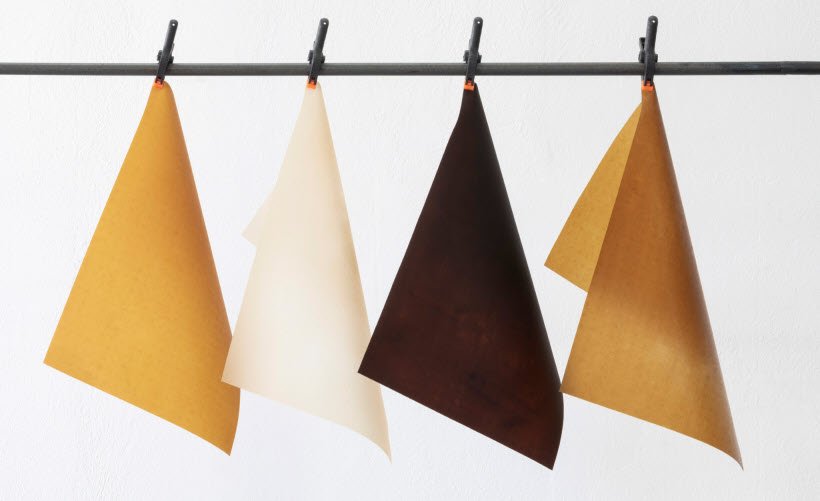3.5 MIN READ
Image: PURA materials, by Magu
Today the textile industry uses large amounts of raw materials in its production. Plastic remains toxic and is considered a relic to many which makes the starting point already wrong when it comes to textile.
Micro plastics leach from our washing machines every time we wash out synthetics. Not to mention, consumers have become increasingly concerned about the environmental and social effect of their purchases, now more than ever companies are looking for more “sustainable” solutions.
With pressure mounting on the textile and fashion industry to move to a more circular model, textile innovations need a boost. Enter biomaterials.
In 2020 I attended the launch of an exciting and enormously important report called Understanding “Bio” Materials Innovations. I will share with you why this is a significant achievement for the future of fashion and innovation in textiles. The report is a first for the fashion industry and its aim is to take away the confusion around what can be considered or labelled as a biomaterial.
Courtesy of Biofabricate and Fashion for Good
What the heck are biomaterials?
Well, that is not an easy question to answer. According to the report this and “… other questions, represent a widespread ignorance in relation to biomaterials not just on the part of consumers, but by fashion brands and even some material innovators themselves.” To put it plainly biomaterials are materials made in a lab using living cells and microorganism.
Courtesy of Biofabricate and Fashion for Good
A new generation of textile materials
Biofabricate (an organization who is driving sustainable biomaterial innovation for the global community of startups, brands, and investors) and Fashion for good fund (an organization that bring together the entire fashion ecosystem through their Innovation Platform) teamed up to create this “first of its kind” reference document for brands and the fashion community defining the different types of Biomaterials and processes. The report also does a great job of clearly classifying all the “bios” if you will. Then breaks down the nuances and their interconnectivity.
They understood that in order for there to be true growth (no pun intended) in the sector there needed to be first a mutual language. The report goes into detail and explains things in a way so that everyone gets it. Like for example how a material is made and what it is used for.
Because biomaterials have a long research & development time and a long journey from lab to supply chain this report is the first step of creating a vocabulary to have a true conversation within the industry. This is a huge leap forward which never before existed.
“There was a need to unlock the way nature is doing things and Biomaterials are the solution.” - Katrin Ley of Fashion for good
/
“There was a need to unlock the way nature is doing things and Biomaterials are the solution.” - Katrin Ley of Fashion for good /
When the day comes when these materials will be available to the market, this report will help in classifying these new materials and communicating these to us, the consumers.
We have a long way ahead of us though and there are many challenges before we see these textiles in our closets. Some of those challenges include investment and capital for start-ups. Supply-chain and equipment.
Nevertheless the future is here.
WHERE TO READ
The report - Understanding "Bio" Material Innovation
Would you wear something made of material created in a lab? Share in the comments!
You might also like this related article: IS SUSTAINABILITY IN FASHION?



